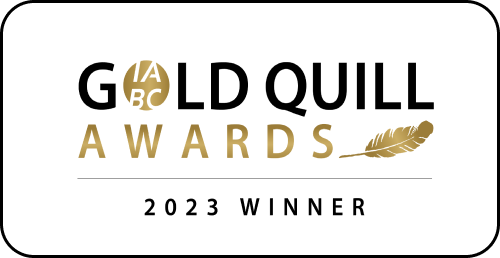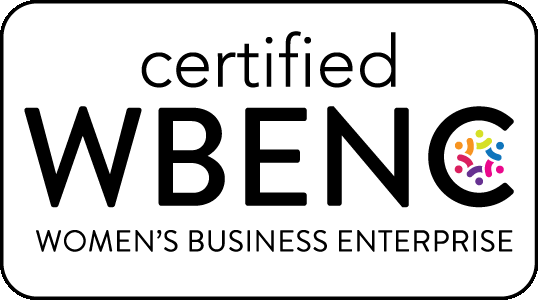The recent Supreme Court Affirmative Action decision and today’s overheated political climate, combined with the outsized power of one person’s social media platform, have landed some blows to Diversity, Equity and Inclusion (DEI) programs. Media attention has focused on companies, including John Deere, Harley Davidson, and Lowe’s, which have cut back their DEI initiatives. But the overall picture is more nuanced.
On October 31, 2024, The Conference Board reported that the majority of US workers support DEI programs. Specifically, they found that:
- 58% of US workers believe their organization devotes the right level of effort and resources to their DEI initiatives; 21% don’t believe these efforts go far enough; 21% feel too much effort and resources are allocated.
- 49% of women and 56% of Black respondents say they wouldn’t work for a company that does not take DEI seriously.
The Conference Board said that most companies’ DEI initiatives include fairness policies (81%), equitable pay programs (76%) and a dedicated DEI leader (74%).
The majority of executives surveyed confirmed that the political and legal landscape for corporate diversity efforts is increasingly contested, and they expect this to persist over the next few years.
The state of DEI communications
Most companies are revising their DEI terminology, but few plan to reduce their DEI communications, the survey found.
- 53% say their company has adjusted its DEI terminology both internally and externally over the past year; another 20% are considering similar changes.
- The new language features broader concepts like “inclusion,” “belonging,” and “engagement,” which are less prone to legal challenge.
- Only 9% of surveyed executives intend to scale back external DEI communications over the next year—and just 3% plan to do so internally.
How much do words matter?
In the October 2024 issue of Inc., David Glasgow of the Yale School of Law wrote, “If leaders think changing terminology will help them fend off lawsuits, they could be missing the point.” He cited the recent stir when SHRM (the Society of Human Resources Management), announced it was dropping “equity” from its Diversity, Equity and Inclusion approach.
“Leaders should be wary about overreacting to pressures about DEI terminology,” he said. “Organizations would be better served just trying to communicate more clearly and effectively about what they’re doing”, as opposed to just dropping letters from an acronym.
An updated roadmap for DEI communications
A white paper from the WK Kellogg Foundation focuses on DEI communication for frontline workers, but we think the principles can be applied to all employees.
Stay jargon-free: Keep your language clear, direct, and employee-focused. For example: Instead of labeling a seminar Unmasking micro-aggressions: Building bridges to inclusion, consider Q&A with leaders about how to build stronger teams.
Tailor your themes: Use themes such as authenticity, respect and teamwork to create content that resonates with employees.
Use storytelling: Storytelling can be a powerful tool to bring DEI to life and build engagement. Gather stories from employees and leaders to increase awareness and commitment to DEI initiatives.
Ensure two-way communication: Offer opportunities for two-way communication to answer questions, generate ideas, foster commitment, and build trust.
Do you need to fine-tune your DEI communications? The The O’Keefe Group is here to help.


